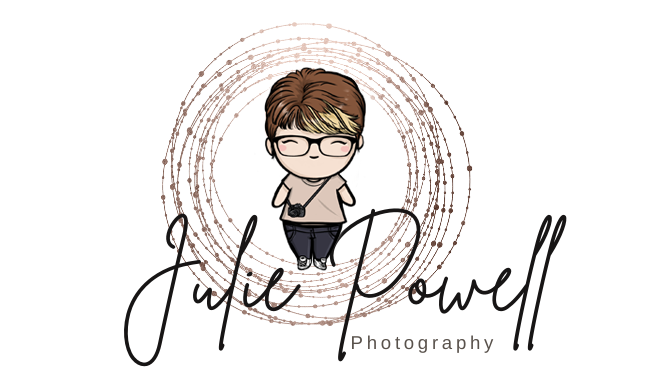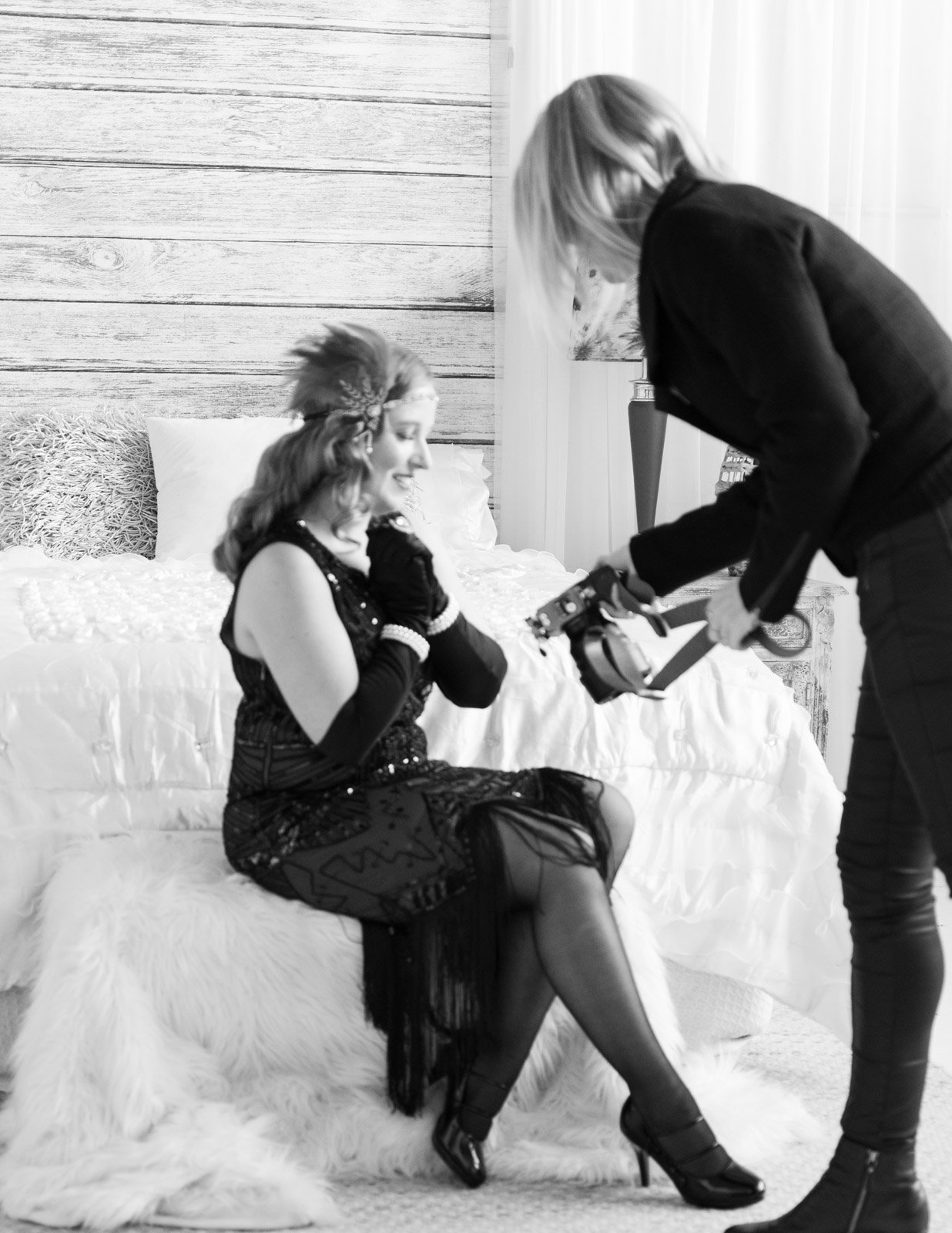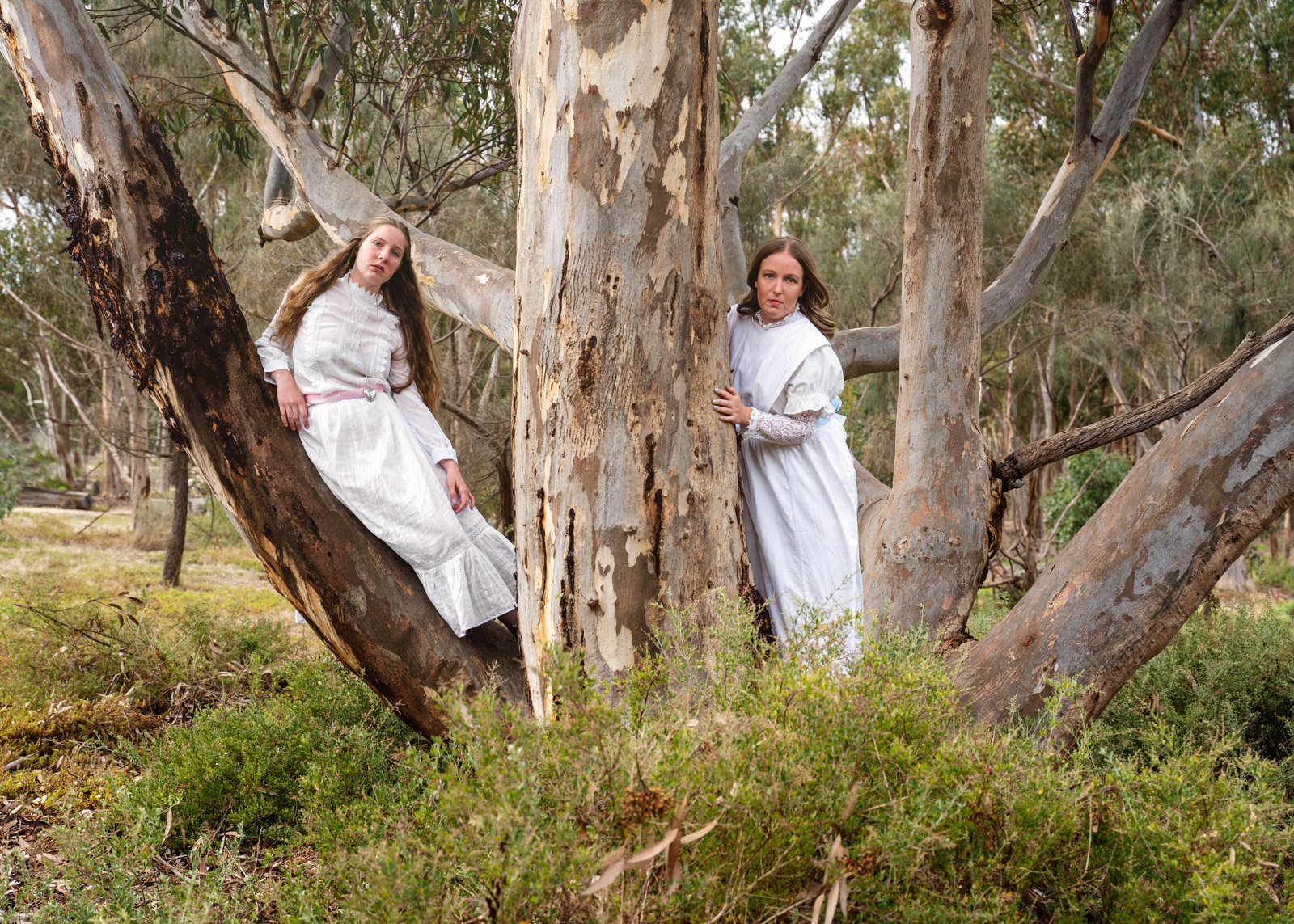Beginner basics: How to take better portraits
Portrait photography is a captivating art form that allows us to capture the essence of a person in a single frame. It has long been a favorite of mine, but this is not always the case. So, whether you’re a professional photographer or an enthusiast armed with a smartphone, there’s always room for improvement in capturing stunning portraits. Let’s have a look at a few essential techniques that might help you elevate your portrait photography game.
Showing your subject the back of the camera can help
Establish a connection
Before you even pick up your camera, it’s vital to establish a connection with your subject. Engage in conversation, make them feel comfortable and build a rapport. When your subject feels at ease, it will translate into their facial expressions and body language, resulting in more authentic and captivating portraits. Now in saying this, it’s not always possible to build a great report with someone, at times you only have a few minutes with them. In these cases, introduce yourself, be open and friendly and explain what you are doing and why. It’s not the most essential element, but it can help relax your subject.
Pay attention to lighting
Lighting is the backbone of any photograph, and portrait photography is no exception. Pay attention to both natural and artificial light sources. When shooting outdoors, utilize the soft, diffused light of the golden hour or seek out shaded areas to avoid harsh shadows. If shooting indoors, experiment with window light or use artificial lighting setups to create a desired mood. Reflectors and diffusers can work well with natural light. I find off-camera flashes or speed lights work better indoors. Experiment with artificial and natural light. I will sometimes use a mannequin to practice various lighting setups.
Pay attention to the background and foreground
Choose the right background
Choosing the right backdrop sets the stage for your subjects to shine. Look around for interesting textures, vibrant walls or even lush nature settings. Keep in mind that simplicity can be your best friend too! A plain background can make your subject pop and draw all the attention to their amazing features. So, whether you’re out in the city or chilling in your backyard, let the backdrop complement your subject’s awesomeness. Watch out for tree branches or other objects protruding from behind your subject and becoming a distraction. Don’t forget to check your foreground too.
Rule of thirds
Compose with intention
Composition plays a vital role in creating visually appealing portraits. Utilize the rule of thirds, leading lines and symmetry to guide the viewer’s gaze and add visual interest to your photographs. Experiment with different angles and perspectives to find the most flattering and unique composition for each subject. Remember that negative space can also be used effectively to emphasize the subject’s presence and add a sense of balance to the composition. Watch for cropping out body parts, hands, feet, the top of the head, etc. It’s fine to crop in close, but be intentional.
Focus on the eyes
Focus on the eyes
The eyes are the windows to the soul, and they can make or break a portrait. Ensure the eyes are in sharp focus and use them as the focal point of your image. A well-focused gaze can create a deep connection with the viewer and evoke emotions. Experiment with different techniques, such as shallow depth of field or using a reflector to add catchlights, to enhance the impact of the subject’s eyes. The temptation is there to shoot at a wide-open aperture for softness, but f/8 or f/9 can look amazing too. Remember, if you have more than one person in your photo, you need to increase the depth of field and try to get them on the same focal plane.
Direct and pose your subject
Guiding your subject through poses and expressions is crucial to capturing their true essence. Provide clear instructions and suggestions to help them feel confident and express themselves. Encourage natural movements and interactions, rather than rigid poses, to create a relaxed and genuine atmosphere. Don’t be afraid to experiment with different poses and angles to highlight your subject’s unique features and personality. Try showing them why certain poses may look better on camera. For instance, if they sit naturally (possibly with a slight slouch?) and then sit up nice and straight and tall. So much better.
Final thoughts
Mastering the art of portrait photography is an ongoing journey that requires practice, patience and an eye for detail. You can elevate your portrait photography skills by establishing a connection with your subjects, paying attention to lighting and composition and employing effective posing techniques. Remember, each individual is unique, and capturing their essence in a photograph is rewarding.
So, grab your camera, embrace your creativity, and embark on a journey of capturing stunning portraits that tell captivating stories. The more you practice the better you will become. Another great option, if you are just learning, is by attending a workshop or even a private class with an instructor. You can learn lighting, posing, camera settings and so much more. It’s a great way to get started with portraits.










